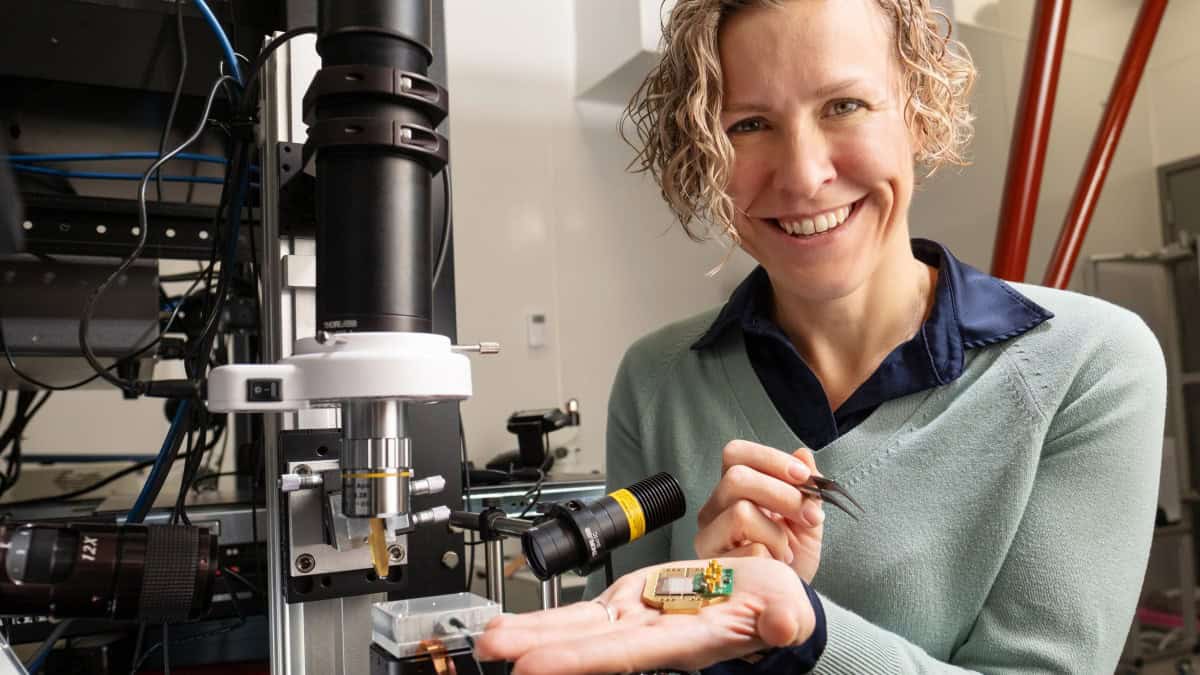The atmosphere of Venus contains traces of phosphine gas, which on Earth can be attributed to living organisms, scientists said on Monday, in a fresh insight into conditions on our nearest planetary neighbour.
Conditions on Venus are often described as hellish with daytime temperatures hot enough to melt lead and an atmosphere comprised almost entirely of carbon dioxide.
A team of experts used telescopes in Hawaii and Chile’s Atacama Desert to observe Venus’ upper cloud deck, around 60 kilometres (45 miles) from the surface.
They detected traces of phosphine, a flammable gas that on Earth often occurs from the breakdown of organic matter.
Writing in Nature Astronomy, the team stressed the presence of phosphine did not prove the presence of life on Venus.
However, as the clouds swirling about its broiling surface are highly acidic and therefore destroy phosphine very quickly, the research did show that something was creating it anew.
The researchers conducted several modelling calculations in a bid to explain the new phosphine production.
They concluded that their research provided evidence “for anomalous and unexplained chemistry” on Venus.
Lead author Jane Greaves, from Cardiff University’s School of Physics and Astronomy told AFP that the presence of phosphine alone was not proof of life on Earth’s nextdoor neighbour.
“I don’t think we can say that, even if a planet was abundant in phosphorus, it might lack something else important to life, some other element, or conditions might be too hot, too dry,” she said.
Greaves added that it was the first time phosphine had been found on a rocky planet other than Earth.
‘Exciting’
Reacting to the study, Alan Duffy, an astronomer from Swinburne University and Lead Scientist of The Royal Institution of Australia, said it while it was tempting to believe that the phosphine was produced by lifeforms, “we have to rule out all possible other non-biological means of producing it”.
He called the finding “one of the most exciting signs of the possible presence of life beyond Earth I have ever seen”.
Thomas Zurbuchen, associate administrator of NASA’s Science Mission Directorate, which has conducted several fly-bys of Venus, called Monday’s research “intriguing”.
Venus, which rotates in the opposite direction to Earth and where a day lasts 243 times longer, is a subject of intense interest among astronomers.
It is so close and of such similar size to our home planet that some experts believe it serves as a warning of the dangers of runaway climate change.
Previous studies have unearthed tantalising clues suggesting Venus has active volcanoes, including signs of recent lava flows.
Is Android One holding back Nokia smartphones in India? We discussed this on Orbital, our weekly technology podcast, which you can subscribe to via Apple Podcasts, Google Podcasts, or RSS, download the episode, or just hit the play button below.





